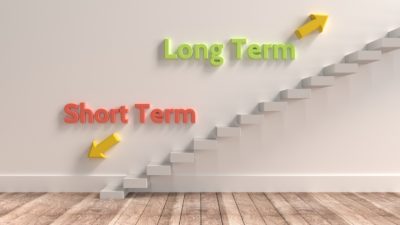In this series of articles looking at financial statements, we are going to see if we can delve into National Grid (LSE: NG) (NYSE: NGG.US)’s balance sheet for the year ended 31 March 2013. If you are new to investing, or are just baffled by some of the terms that make up a balance sheet, then read on.
Again, I will start by noting the balance sheet is only one of three main financial statements. Both the cash flow and income statements are as important, and should be viewed in conjunction to gain the full picture.
National Grid’s largest asset class is the property, plant and equipment at £37bn. Predictably, note 10 reveals that plant and machinery outweighs all else with net assets of £31bn. It is an accounting quirk that the preparer of accounts can choose the estimated life of its assets. With depreciation affecting accounts each year, it is possible to accelerate or defer profits depending on how long an asset is depreciated for. In National Grid’s case, the note also tells us its assets are depreciated over periods up to 100 years!
Next up is borrowings. Of the £25bn the National Grid owes in non-current borrowings, it can be seen that £22bn is in the form of bonds. A bond is a form of borrowing in which an investor loans money to the company for a defined period of time at a fixed interest rate. Unfortunately, and unhelpfully, there is not a great deal of information fleshing out the terms.
Exactly what is in the reserves?
Finally, we have other equity reserves. A pretty ambiguous term that doesn’t become any less confusing in its component parts, either. The reserves as per note 25 are the translation, cash flow hedge, available-for-sale, capital redemption and merger reserves. Let’s go through them one at a time.
The translation reserve arises as the group reports in a range of currencies and must be consolidated, thus causing a currency difference. The cash flow hedge represents the current balance on interest rate swap contracts (which are bought to limit fluctuations in interest rates on loans payable). The available-for-sale reserve is for investments in short-term funds, shares and bonds, which are readily convertible into cash. Nearly there! The capital redemption reserve arises because National Grid bought back its own shares. Last but certainly not least, the merger reserve at a whopping £5bn represents the amount paid in excess of the value of companies acquired (in this case, mainly Lattice Group).
Hopefully that whistle-stop tour was helpful although, as ever, there are many more terms that could be cleared up as well.
If you found this introduction to balance sheets useful, there are more investing hints and tips in this completely free report. Why not take a look to see if you can get one step ahead of the herd?
If you are feeling more adventurous, try “10 Steps To Making A Million In The Market“, which can set you on the right path on your investing journey.
> Barry does not own shares in National Grid.






